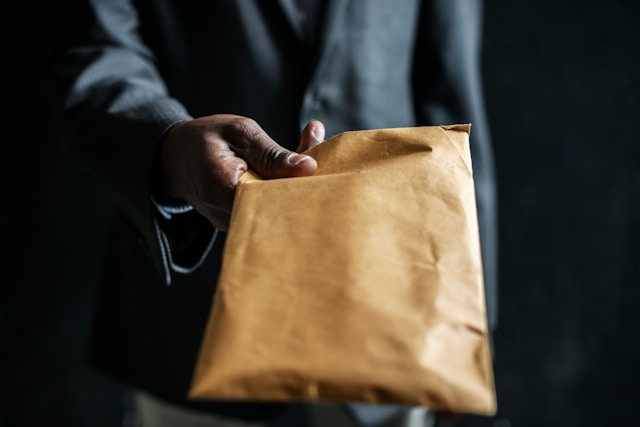Subpoenas make regular appearances in news stories and courtroom dramas, but what do they actually mean? The recent case involving Taylor Swift being served a subpoena by Justin Baldoni has brought fresh attention to this commonly referenced but widely misunderstood legal tool. Subpoenas are a fundamental component of the legal process, serving as a mechanism to ensure that relevant evidence and testimony are available to resolve legal disputes fairly and efficiently. Whether you are in the public eye or a private citizen, understanding how subpoenas work is essential when navigating legal proceedings.
What is a Subpoena?
A subpoena is a formal legal document issued by a court, or by an attorney acting under court authority. Its primary function is to compel an individual or organization to provide evidence that is relevant to a legal proceeding. This evidence may take the form of testimony, documents, electronically stored information or other materials. Subpoenas are essential tools in the discovery process, ensuring that parties have access to the information necessary to present and support their case.
There are three common types of subpoenas used in litigation, the witness subpoena, subpoena duces tecum (subpoena for production) and the deposition subpoena. A witness subpoena is the most common, and it compels an individual to appear in court and testify as a witness, to help establish facts, and support arguments. A subpoena for production directs the recipient to produce certain requested documents or records, whether tangible or digital. A deposition subpoena is an order requiring a third party to the lawsuit to produce requested documents, and/or appear at a deposition to answer questions.
How Do Subpoenas Work?
The process of issuing and serving a subpoena is governed by legal procedures established to ensure fairness and due process. A subpoena is typically issued by the court where the legal action is pending, and in some cases, authorized attorneys may also sign and issue subpoenas on behalf of their clients. A valid subpoena usually includes the name of the court issuing the subpoena, details about the attorney who initiated the subpoena, the names of the parties involved, and the assigned case docket number.
Once issued, a subpoena must be properly served on the individual or entity to whom it is directed, in an accurate and timely manner. Generally, anyone over the age of 18 and not associated with the case may serve the subpoena, but the rules vary by state. The subpoena can be served by hand delivery, electronic mail or by simply mailing it to the recipient’s address. However, some states like New York have very strict and specific service methods, which if defaulted from, may render the subpoena invalid.
Responding to a Subpoena
Receiving a subpoena imposes immediate legal obligations that require careful attention, and regardless of its request, the recipient must act promptly to address the subpoena. A subpoena carries the force of the law and recipients are generally required to comply unless there is a valid legal basis to object. Failure to respond or improper compliance may result in court-imposed sanctions, including fines or other penalties. However, the law does provide some protection for recipients.
“Quashing” a subpoena is a formal process initiated by the recipient or another interested party, usually through a motion filed with the court. The court may quash or modify a subpoena if it finds that the subpoena imposes an undue burden or expense, exceeds geographical limits, or fails to give the recipient a reasonable amount of time to comply with the subpoena. The court’s authority to quash or modify a subpoena serves as an important safeguard for individuals or entities subject to this process.
In contrast, , typically carried out by providing written notice to the recipient and, where appropriate, to the court and other parties. This action effectively cancels the demand for testimony or production of evidence and relieves the recipient of their obligations to comply.
Conclusion
Receiving a subpoena can be intimidating, but understanding your obligations, seeking legal advice, and preparing properly can help ensure you respond appropriately. If you received a subpoena and need legal assistance, contact an experienced member of the Romano Law team today.
Contributions to this blog by Lisann Ricketts.






